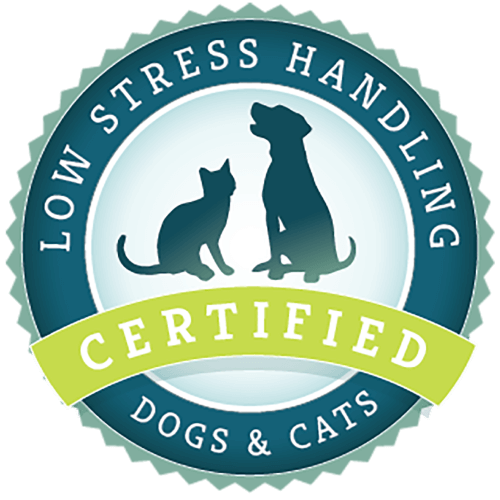What article are you looking for?
Category: CattleDog Publishing Newsletter
Asking or Demanding: Cue vs Command
Giving your dog a cue supplies an opportunity to earn a reward. Ordering your dog to comply instead may cause avoidance or fear.
Press Release 2022
CattleDog Publishing, VIN and the VIN Foundation Partner to Honor Dr. Sophia Yin’s Legacy The Low Stress Handling® Movement: How Sophia and Her CattleDog Started It All! Davis, CA: As the 8th anniversary of Dr. Sophia Yin’s death approaches, CattleDog Publishing, Veterinary Information Network, and the VIN Foundation, honor her memory by highlighting her life achievements and contributions. Her Read More
The Low Stress Handling® Movement: How Sophia and Her CattleDog Started It All!
From the diagnosis and treatment of behavioral conditions to the reduction of fear, anxiety, and stress in veterinary patients, the past 20 years have seen numerous advances in veterinary behavior. In the early 2000’s Sophia Yin, a veterinarian and animal behaviorist, emerged on the scene to lead this transformation. Motivated by the realization that more pets were euthanized for behavioral reasons than medical issues, she made it her lifelong passion to educate veterinarians and animal professionals about animal behavior and the benefits of Low Stress Handling for dogs and cats.
The Low Stress Handling Movement: How Sophia and Her Cattle Dog Started It All
“With good handling, the patient should get better and not worse.” Sophia Yin
Understanding Your Dog’s Body Language
Understanding and respecting your best friend’s body language is essential to strengthen and maintain the bond between you.
How to Teach Your Dog to Come to You
Recall training should create memories of fun, fast returns to you. Start teaching your puppy this life-saving skill when you bring them home.

Low Stress Handling® Silver-Level Certification
Individual Certification at this level demonstrates to clients and employers the individual’s dedicated interest in Low Stress Handling®. Hospital Certification at this level demonstrates to clients and staff the hospital’s commitment to appropriately training staff in Low Stress Handling® methods.
Learn More
